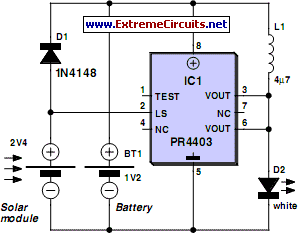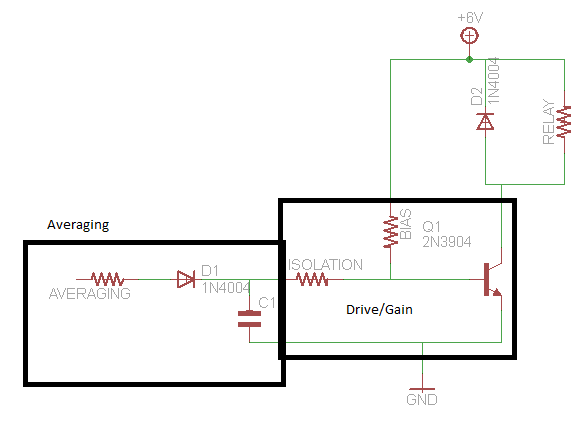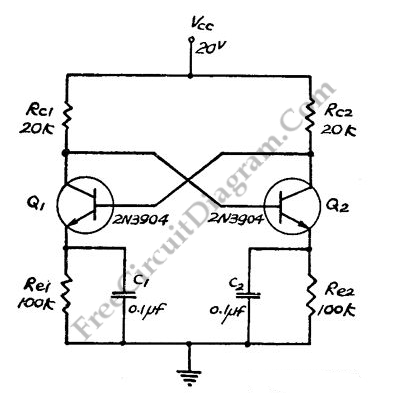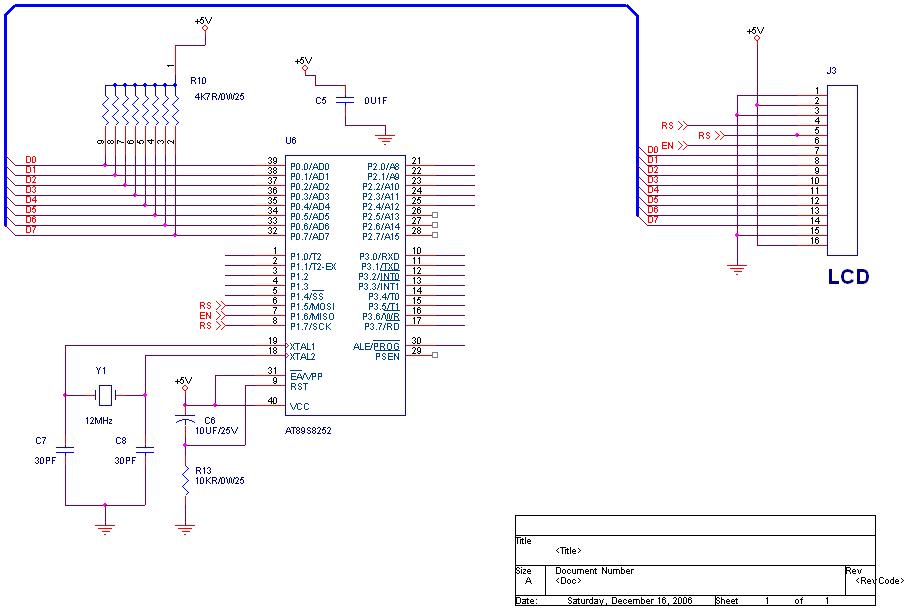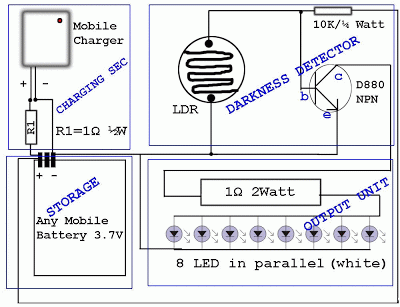
Flickering LED Candle using Tiny45
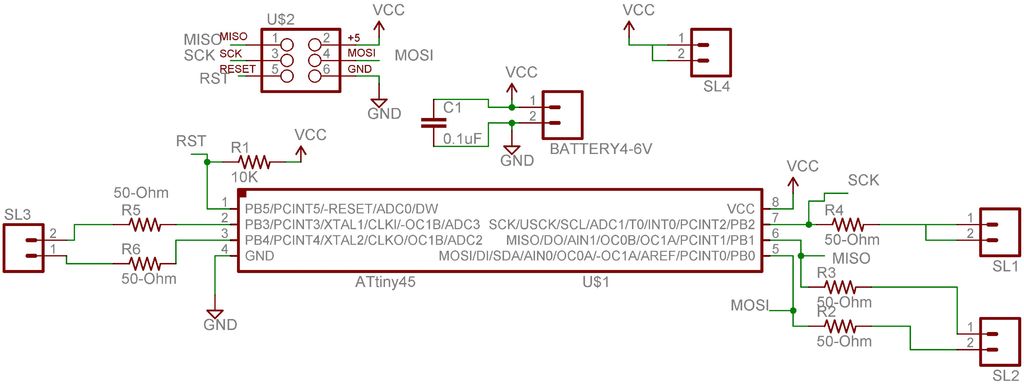
There are many posts on Instructables detailing how to create a flickering LED candle. This version of the project requires several components.
The flickering LED candle project aims to simulate the warm glow and flicker of a real candle using electronic components, providing a safe alternative to traditional candles. The essential components for this project typically include a microcontroller (such as an Arduino), an LED (preferably warm white or yellow), a resistor, a power source (like batteries), and a small breadboard or PCB for assembly.
The microcontroller serves as the heart of the project, controlling the LED's brightness and flickering effect through pulse-width modulation (PWM). The LED is connected in series with a resistor to limit the current and prevent damage. The power source can be a battery pack, ensuring portability and ease of use.
To create the flickering effect, the microcontroller is programmed to vary the LED's intensity in a manner that mimics the natural flicker of a candle flame. This can be achieved by randomly adjusting the brightness level at short intervals, using a combination of analogWrite functions (for PWM control) and random number generation to create an unpredictable flickering pattern.
The assembly of the circuit involves connecting the LED and resistor to the microcontroller's output pin, while the power source is connected to the microcontroller's power input. Proper soldering or breadboarding techniques should be employed to ensure reliable connections.
Safety considerations include ensuring that the circuit operates at low voltage and current levels to prevent overheating and potential hazards. The final product can be housed in a decorative holder that resembles a traditional candle, enhancing the aesthetic appeal while maintaining the functional safety of an LED-based light source.There are numerous posts on Instructables about how to make a flickering LED candle. This is my version. The project requires the following components. 🔗 External reference
The flickering LED candle project aims to simulate the warm glow and flicker of a real candle using electronic components, providing a safe alternative to traditional candles. The essential components for this project typically include a microcontroller (such as an Arduino), an LED (preferably warm white or yellow), a resistor, a power source (like batteries), and a small breadboard or PCB for assembly.
The microcontroller serves as the heart of the project, controlling the LED's brightness and flickering effect through pulse-width modulation (PWM). The LED is connected in series with a resistor to limit the current and prevent damage. The power source can be a battery pack, ensuring portability and ease of use.
To create the flickering effect, the microcontroller is programmed to vary the LED's intensity in a manner that mimics the natural flicker of a candle flame. This can be achieved by randomly adjusting the brightness level at short intervals, using a combination of analogWrite functions (for PWM control) and random number generation to create an unpredictable flickering pattern.
The assembly of the circuit involves connecting the LED and resistor to the microcontroller's output pin, while the power source is connected to the microcontroller's power input. Proper soldering or breadboarding techniques should be employed to ensure reliable connections.
Safety considerations include ensuring that the circuit operates at low voltage and current levels to prevent overheating and potential hazards. The final product can be housed in a decorative holder that resembles a traditional candle, enhancing the aesthetic appeal while maintaining the functional safety of an LED-based light source.There are numerous posts on Instructables about how to make a flickering LED candle. This is my version. The project requires the following components. 🔗 External reference
Warning: include(partials/cookie-banner.php): Failed to open stream: Permission denied in /var/www/html/nextgr/view-circuit.php on line 713
Warning: include(): Failed opening 'partials/cookie-banner.php' for inclusion (include_path='.:/usr/share/php') in /var/www/html/nextgr/view-circuit.php on line 713
